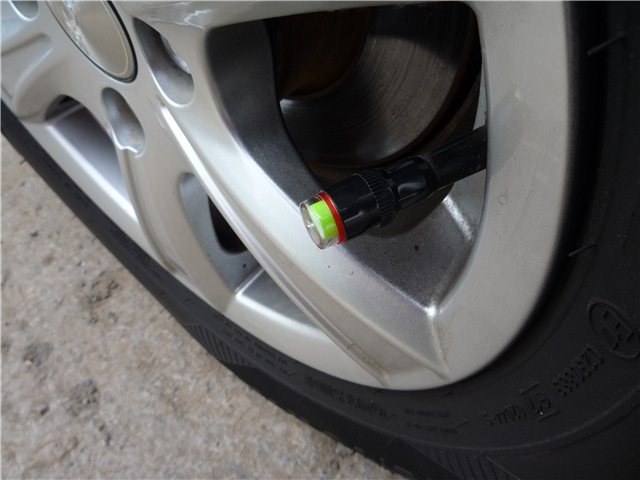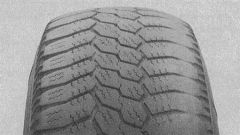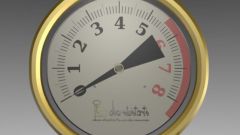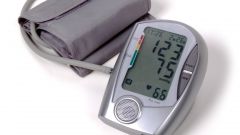You will need
- - pressure gauge.
Instruction
1
The first thing you need every day before you travel to check the tire pressure, do a visual inspection of the discs and the tyres. If you can't do this check every day, then be sure to check the machine at least once a week, especially such check is required if you are riding long distance, as the tire pressure decreases slowly day by day.
2
To measure the air pressure in the tires, use a special gauge, which can be of different types: switches, mechanical and electronic with digital display. The latter are the most accurate and some of them provide a measurement accuracy of ±0.055 Bar. And don't forget that checking tire pressure is "cold tires", as in "hot" tyre, depending on speed, distance and load, air pressure may increase to 10%. Therefore, we should never release air from hot tires right after you stop your car, otherwise the air pressure in the "cold tires" a few hours will be relatively low.
3
If your vehicle has sat in one place for at least two hours, or driven less than 1.6 km after a long stop, the bus can be called "cold". Also the unequal distribution of air pressure in the tires can cause unpredictable reaction of your car on impact steering, and different pressure in tyres on different axles of the vehicle can lead to unexpected "demolition" of the car left or right depending on where the pressure will be less.
4
Remember the most important thing: you need to check the pressure in winter tires when your car was in a warm garage and it is advisable to increase it by 0.2 of the atmosphere as when leaving a warm room the machine will go to the street where the bus will cool down and the pressure will be less. Maintain the air pressure in the tire of the spare wheel in the event of unforeseen replacement. All this is done for your safety on the road.
Useful advice
Experienced drivers are advised to increase the tyre pressure by 0.2 — 0.4 atmosphere from the recommended if you will move with a speed of over 160 km/h for a long distance, it will allow you to better control the vehicle.




